In Part I: Inverlochy Castle Hotel – Beginnings we learnt about the inception of the Inverlochy Castle Hotel and how it changed hands into the Laffan family and became a popular Hotel and stopping point for Cobb and Co. Coaches. Read on to see what daily life was like at the hotel and some of the recreational activities that occured, and how the Laffan family began to build their estate.
Life at the Hotel
Times were prosperous and life at the Inverlochy Castle Hotel was good, but very busy. The day started early in the morning and finished late in the evening and consisted of a multitude of tasks. Bed linen and other clothing needed to be washed and hung out to dry and the laundry included a large mangle to assist with rinsing. Beds needed to be made, the hotel cleaned, horses and other animals fed and tended to, and fences and buildings maintained. There were a large amount of gumtrees on the property which were cut down, split and carried to the fireplaces and kitchen.
Food was required to be prepared and cooked, including pickling and the making of sauces, bread and cakes. The hotel was largely self-sufficient and included an orchard and vegetable patch. Beef and lamb were slaughtered on-site and then cooked and smoked within the kitchen. Cooking occurred frequently and there was always an abundance of food including a large fruitcake which was provided daily. Big urns were placed on the fireplaces to make tea and toast was cooked over the fireplace using tongs. Any leftover food would be sent out as food parcels for those less fortunate. Food placed on the bar was free and customers only paid for their drinks. The men mostly drank ale and the women mostly drank sherry but wine was also available and would also be served with meals.

In the evenings, people would gather around in the parlour rooms and sing; the hotel contained multiple parlour rooms, each with their own fireplace and piano for such purposes. An employee nicknamed ‘Boots’ would dry shoes by the fire and clean them so they were ready for travellers by the next morning.
The following articles from the Kilmore Free Press Newspaper mention an industrious gentleman by the name of George J. Reins (better known as ‘Old George’) who lived to 101 years of age. He had been a trusted employee of the hotel for 38 years which puts his starting time as the same year John purchased the hotel and quite possibly makes him one of the first employees.

Kilmore Free Press – July 2nd, 1896 
Kilmore Free Press – July 24th, 1896
Other employees came in the form of those passing through on their way to the goldfields including the Chinese and also gypsies.
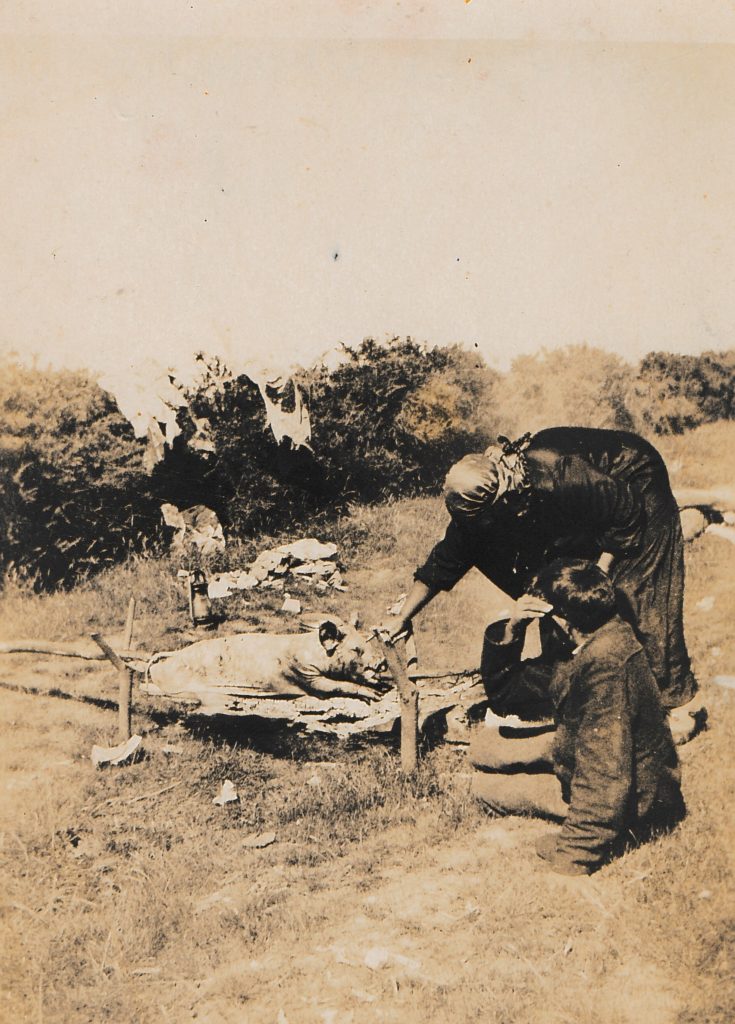
Travelling priests visited the hotel and a room specifically for the priest existed which was aptly named the ‘priest room’ where they conducted their business and also slept. A travelling priest would do the rounds of the Wallan area and tend to sick people and people could also visit him in his room at the hotel. It is unknown if any church services were held at the hotel but it seems unlikely given they were already being conducted at other locations as per the below information provided by the book John Angus, Mary Ann Sutherland and descendants, 1802-1973 by Norma Joyce Sutherland:
“The first recorded service for Wallan was conducted by Mr. Roderick Mcleod in 1856. He served for a time amongst the settlers in Melbourne. In 1856 he moved to Wallan and took up a farm, there he conducted Sabbath afternoon services for the local Presbyterian community. Church meetings were held in various homes.”
Recreational Activities
An article from the Kilmore Free Press Newspaper provides details of a “ploughing match” held in 1867. Today, as the area transforms from country farmland into suburban sprawl, the popularity and awareness of this event has diminished but there are no less than 83, 000 Victorian newspaper records between 1850 and 1900 containing the phrase “ploughing match”. A ploughing match was a contest between people who each plough part of a paddock where points are awarded for straightness and neatness of the resulting furrows; the plough in these times being pulled by a horse instead of a tractor.
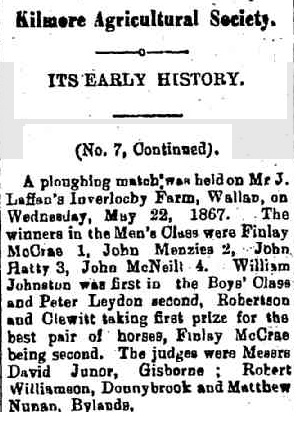
The Inverlochy Castle Hotel served as a place to bring the community together; the land it lay on playing host to many social gatherings and events. The height of social events and one which has changed little over time was the horse race. From 1870 or before, races for saddle and other equipment were held beside the Inverlochy Castle Hotel. In some years, two meetings were held, one at new year and one on Easter Monday, and fixtures continued until at least 1888. The races were organised by John Laffan.1 In addition to horse racing there were also events such as foot racing. The first 2 advertisement below are for New Years in 1871 and Easter in 1876. The final article gives an indication of how popular and successful the races were:
“On Thursday last the Wallan Wallan annual races took place at the rear of the Inverlochy Hotel. There were present about two or three hundred people and the day being exceedingly fine a most agreeable holiday was spent by the visitors, and everything passed off without serious accident.”

Kilmore Free Press – December 22nd, 1870 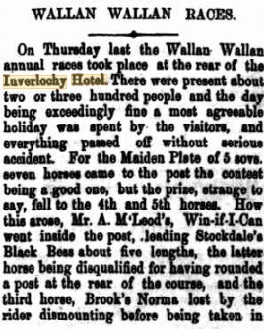
Kilmore Free Press – April 20th, 1876 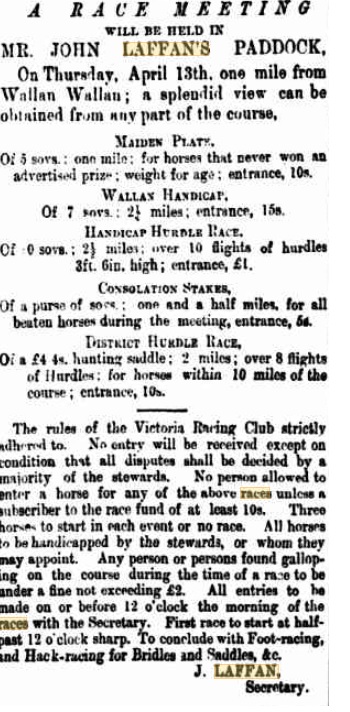
Kilmore Free Press – March 23rd, 1876
In 1870, John and Esther welcome a son, John Francis. He was to be the only child from their marriage and as we will later discover, instrumental to the longevity of the hotel.
Railways and a decline in business
The first railway line in Australia opened between Melbourne’s Flinders Street Station and Port Melbourne, then called Sandridge, on 12 September 18542 and by 1862 Victorian Railways lines had reached the great gold rush towns of Bendigo and Ballarat.3 In the 1870’s a network of Victorian Railways began to spread throughout Victoria and in 1872, the North Eastern Railway Line was opened.
An article from the Kilmore Free Press Newspaper, on 13th December, 1879 and titled “Wallan Wallan District” provides insight into the impact the North East Railway line had to traffic along Sydney Road and consequently a decline in business for the Inverlochy Castle Hotel.
“Long before the North-eastern Railway was ever thought of, this constituted the main thoroughfare between Melbourne and Sydney, and the amount of traffic on it in those days was something enormous. It was then that small settlements like Wallan flourished, and gave evidence of becoming in the course of time important and extensive towns.”
“The construction of the railway line, however, at a distance varying from one to three miles from such townships as Bendigo, Wallan, Kilmore, and many others, and this in defiance of the petitions and protestations of the residents of the various districts has been the means of causing a dullness and almost complete stagnation in trade, and a depreciation in the value of town property to a ruinous extent.”
Traffic was diverted from Sydney Road and away from the Inverlochy Castle Hotel as Stage Coach proprietors began to restrict their travel to short distance road service; travel to Sydney and other towns and the transportion of materials could now being achieved much quicker by train. Cobb & Co. ceased using the Inverlochy Castle Hotel shortly after this. But prosperity of the hotel in the years prior to this allowed John to branch out into other investments and he used his foresight wisely. Whilst the North-eastern Railway was being built he purchased land near the Wallan railway crossing and built an hotel. The book Pretty Sally’s Hill: A History of Wallan, Wandong and Bylands by J. W. Payne provides the following detail:
“Allotment 40, between the ‘Springvale’-‘Walnarring’ property and the Wallan-Whittlesea Road, has changed hands several times. Purchased originally by T. Clark, it passed by 1870 to John Laffan, who built a hotel on the corner nearest to the Wallan railway station, installing Thomas Johnston as licensee.”
The below newspaper articles show that a request for the tender for the building of the hotel was placed on the 21st June, 1872 and that by the 24th August, 1874 the hotel was built and John Laffan was looking for somebody to lease it.

Laffan’s Railway Hotel – For Lease advertisement. The Argus – August 24th, 1874 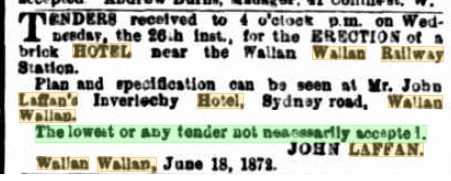
Laffan’s Railway Hotel – Tender for Building – The Argus – June 21st, 1872
In 1875, John Laffan sold the hotel to a gentleman named Henry Barber.4 He used the proceeds of the sale to pay for land he purchased on credit 2 years prior in 1873. The particulars of this land is as follows and it may be noted that the terms were half cash with the remaining balance due in 12 months and charged at 8 percent interest.
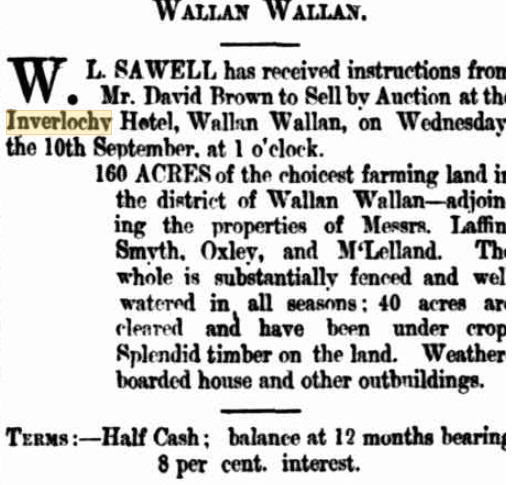
“Laffan’s Railway Hotel” was located on the corner near the Wallan-Whittlesea road and the railway tracks. Today very little remains except a few scarce bluestone rocks.
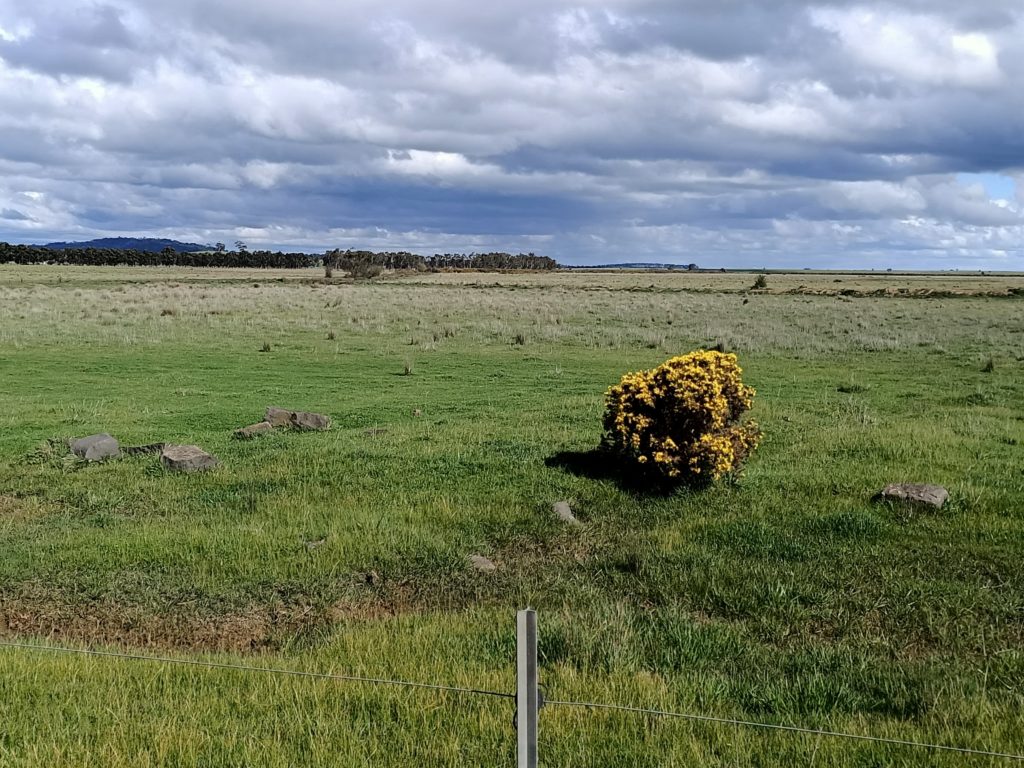
Inverlochy Farm
The term “Laffan’s Inverlochy Farm” was used in the newspapers as early as 1867, but it should be of little surprise given the estate comprised of more than just the hotel building itself.
The following newspaper article from the Kilmore Free Press Newspaper in November 1873 shows that monthy sales by a stock and station agent, Stratford Strettle and Co. commenced being held at the yards attached to the Inverlochy Castle Hotel. The yards at which these sales were held are still visible today, off to the left hand side and also running behind the remaining sheds. The sales continued until 1877 and included cattle, horses, pigs, sheep, agricultural implements and dairy produce.
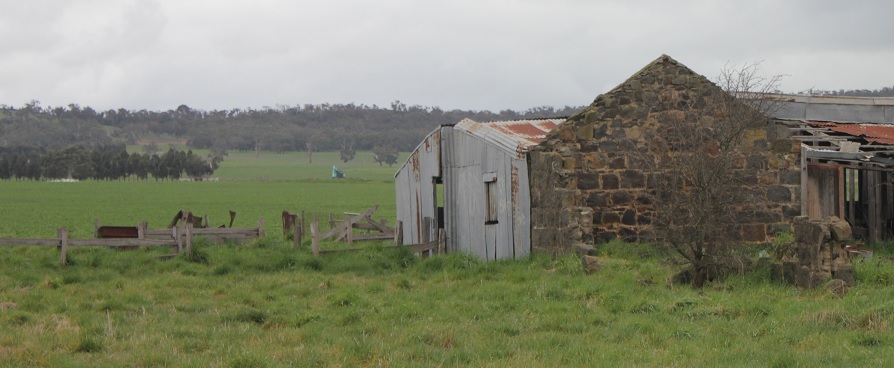
Stock Yards at Inverlochy Castle Hotel 
Monthly Sales at Inverlochy Castle Hotel. The Leader – November 29th, 1873
Business at the Inverlochy Castle Hotel was now combined with farming. Indeed, an advertisement for its sale in 1855 mentions:
“…it will ultimately prove a good investment to anyone desirous of combining farming with the business of a roadside Inn.”
Stallions were frequently paddocked at the Inverlochy Castle Hotel for breeding purposes. The mares were brought in by locals who were charged a fee for the privilege of the stallion siring a fine young colt or filly; perhaps the future winner of the annual races! James Michael was involved with this activity and it can be noted that one of the advertisements below is placed by him.
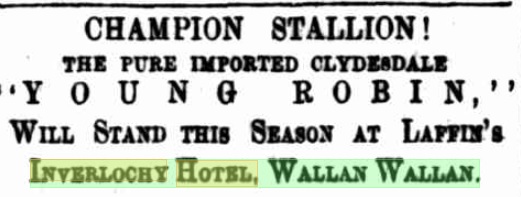
Young Robin. Kilmore Free Press – 9th October, 1876 
Romany Rye. Kilmore Free Press – 29th August, 1889 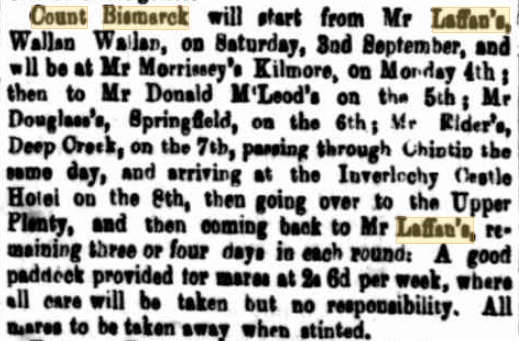
Count Bismarck. Kilmore Free Press – 2nd November, 1871 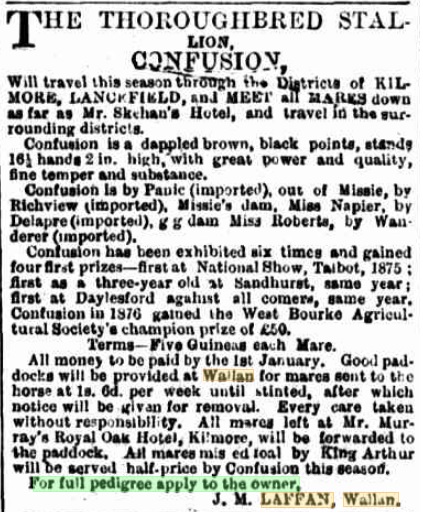
Confusion. Kilmore Free Press – 5th October, 1878
Business at the hotel had slowed but it was far from over with the bar, lodgings and parlour rooms still in frequent use. Meetings also continued to be held at the hotel. As part of James Michael’s involvement with the Wallan Coursing Club, the hotel provided refreshments and hosted some of the dinners during and after the meetings respectively.
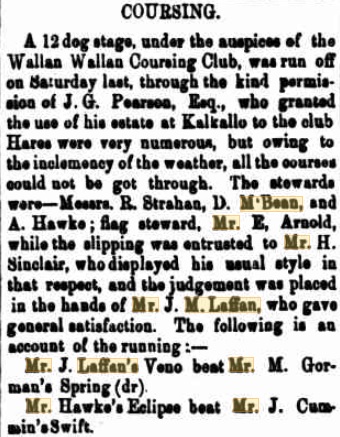
Wallan Coursing Club Meeting. Kilmore Free Press – May 20th, 1880 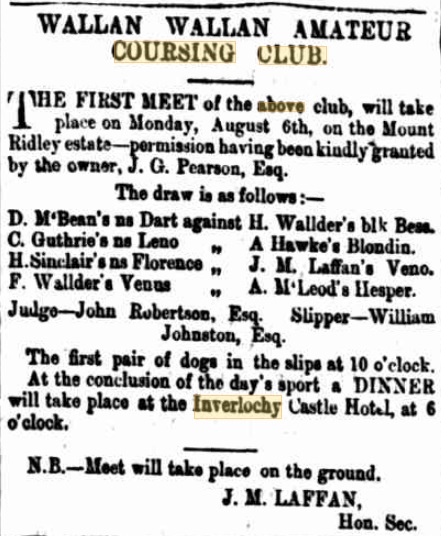
Wallan Coursing Club Meeting. Kilmore Free Press – July 30th, 1877 
Wallan Coursing Club Meeting. Kilmore Free Press – August 2nd, 1883 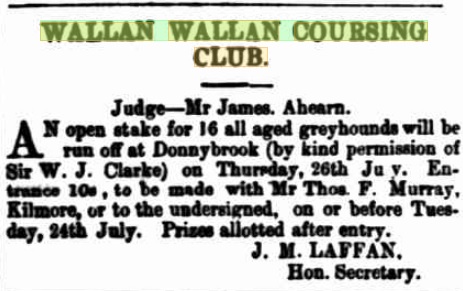
Wallan Coursing Club Meeting. Kilmore Free Press – July 19th, 1883
The Inverlochy Castle Estate now began to farm cattle and sheep and the Kilmore Free Press Newspaper records the sales of bullocks, sheep and fat lambs commencing from 1883. Dairying came to a close in 1889.
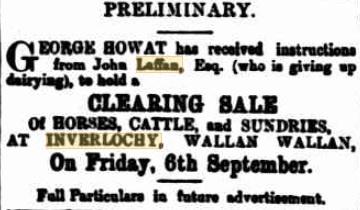
As the farming activities increased, John Laffan also began to increase his acreage. On April 21st 1885, John Laffan purchased the Sutherland farm from James Sutherland, he having been left the farm prior to his father’s [John Angus Sutherland] death. The sale price was 360 pounds.5
In Part III: Inverlochy Castle Hotel – The Final Chapter we learn about the new generation of the Laffan family and their involvement with the Inverlochy Castle Hotel, how it became a house once the liquor license was revoked in the early 1900’s, and then it’s ultimate demise.
References/Notes
[1] The tale of a century : Kilmore, 1837-1937 by J. A. Maher
[2], [3] https://www.infrastructure.gov.au/rail/trains/history.aspx
[4], [5] Pretty Sally’s Hill: A History of Wallan, Wandong and Bylands – JW Payne. (1981)
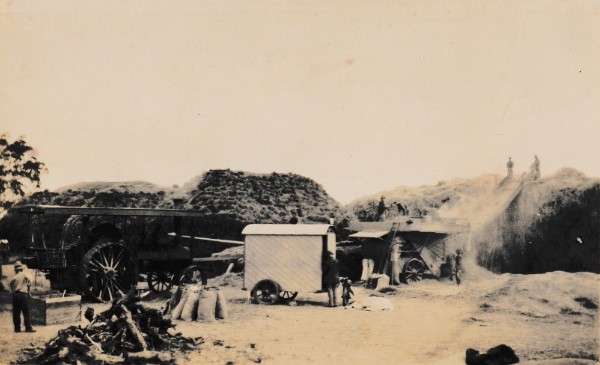


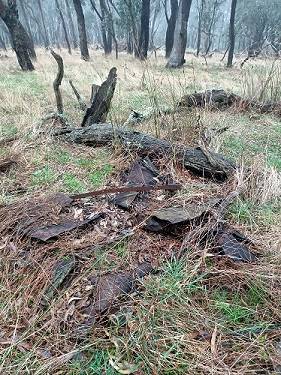
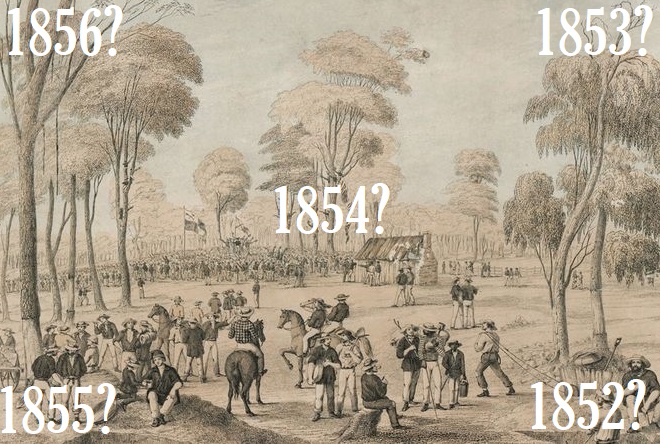
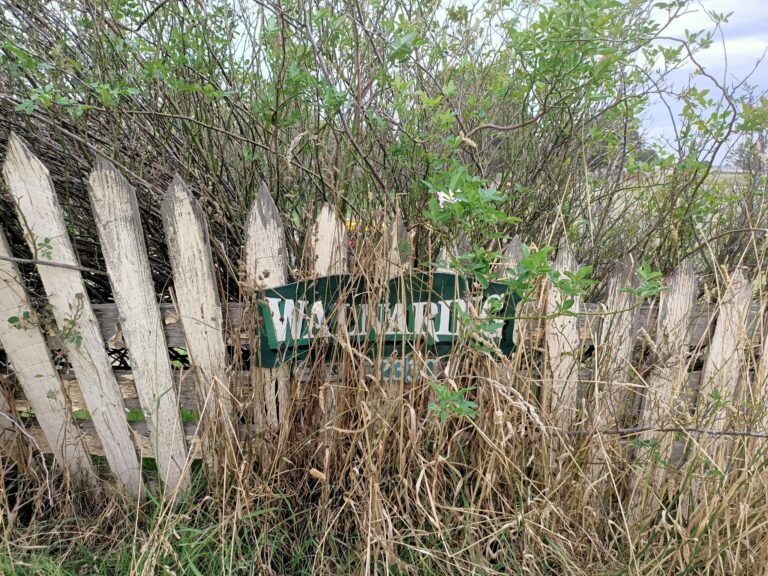

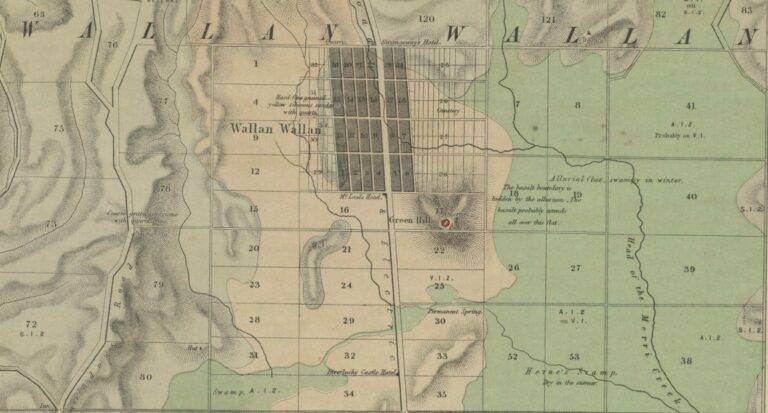
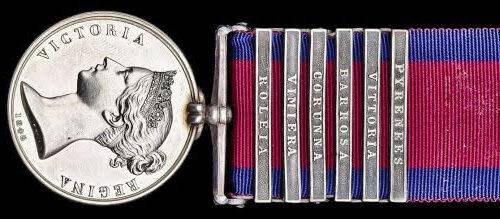



Excellent article. Thank you. Great research. Great reading
Great read I never knew my great grandfather built a hotel at the Wallan train station. I really want to share this with my brothers and sisters. Thank you 😊
Fantastic read I’ve always wondered what that run down old area/ruins were as I pass it everyday. I’ve always wanted to swing my detector over there and find some.relics and old coins